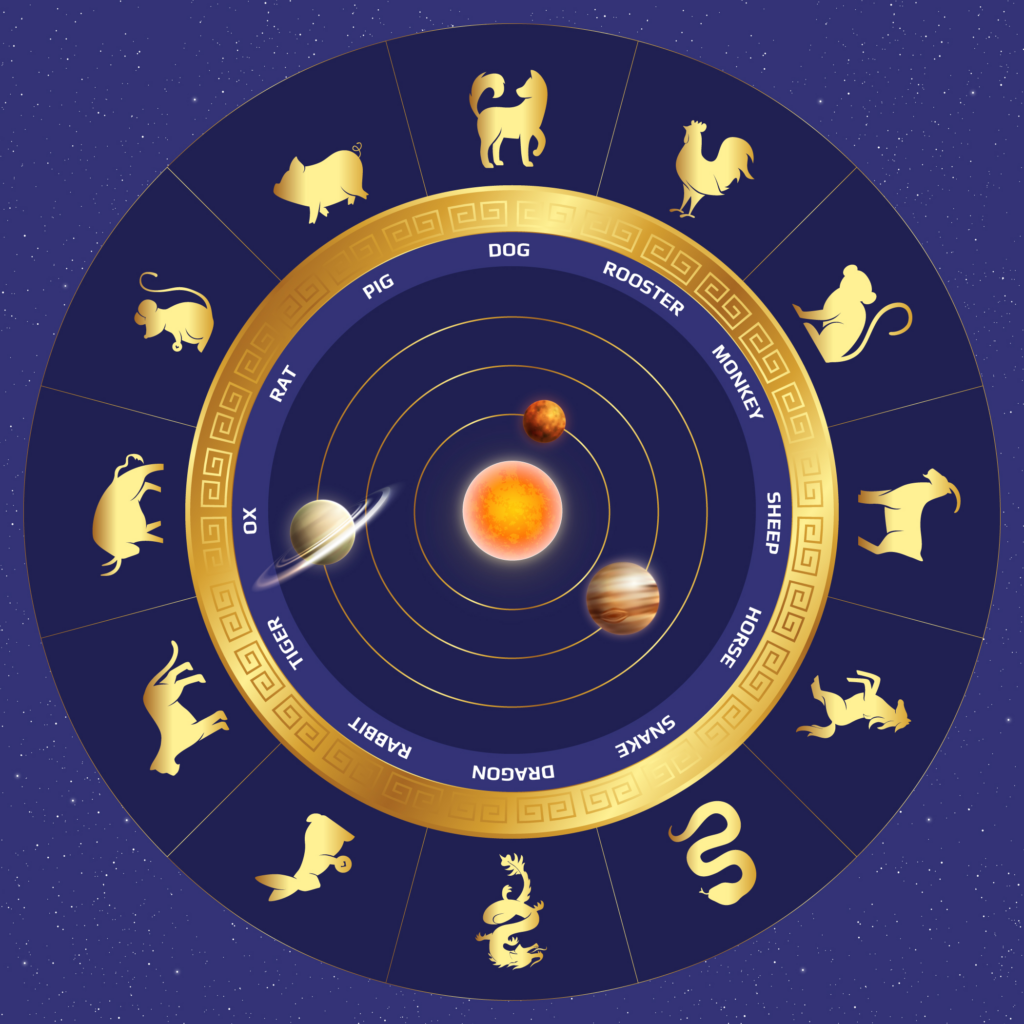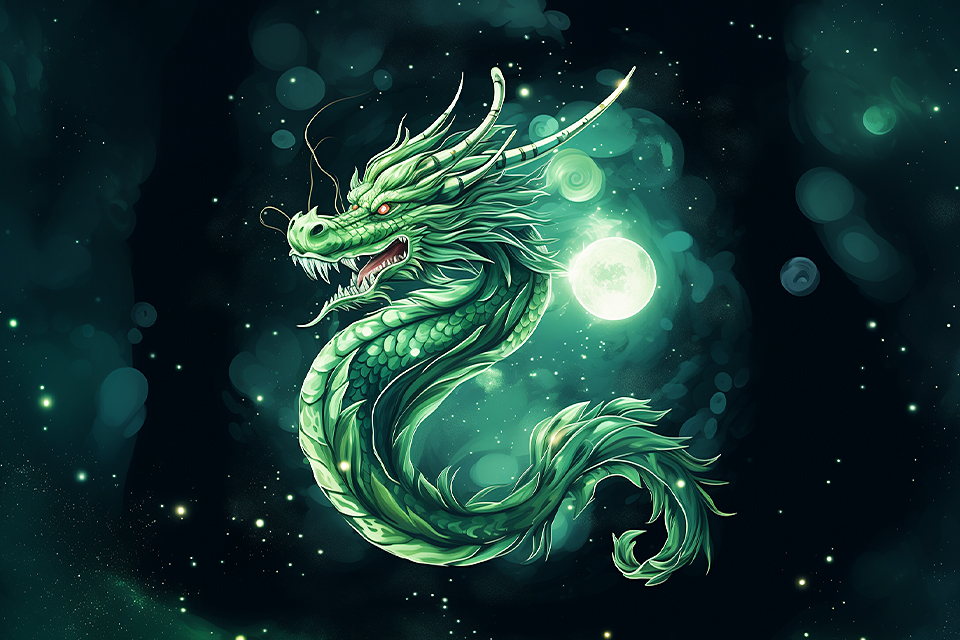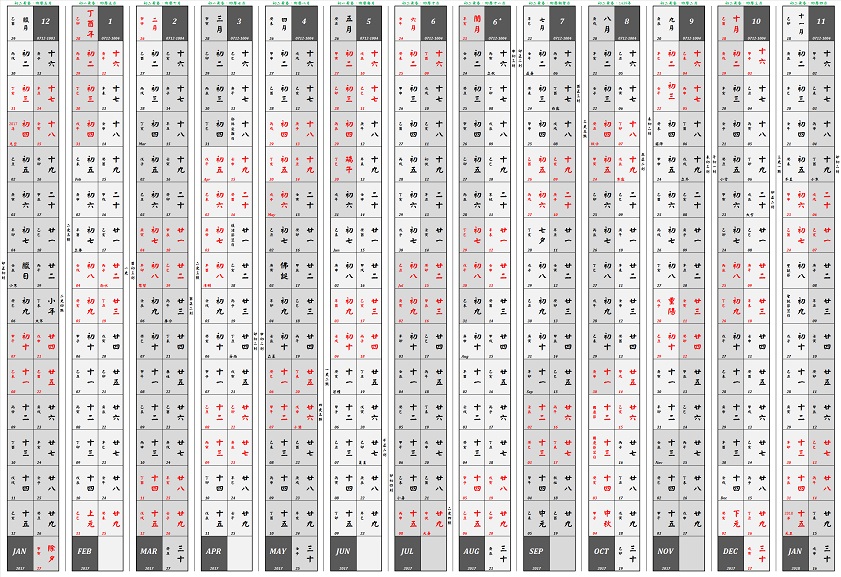For quite a long time we’ve been living on a “continuous” calendar, when each year has just next number in relation to a previous one —now we can’t even imagine how people could have done without it. But in fact, a few thousand years ago, our ancestors used only one cycle —the annual cycle, that is, the cycle of the changing seasons. It guided them in their economic activities, and it was also used by the priests of the cult to calculate the dates of public holidays… When the first large states with a powerful bureaucratic apparatus appeared, it became necessary to operate in longer time periods. And in ancient China this problem was solved in a very peculiar way.
Not 12, but 60
Each of us has heard something about the so-called “Chinese horoscope”. Unlike the “European” horoscope, the Chinese one does not divided into 12 signs., Instead, they are using a 12-year cycle, where each year corresponds to its own “animal” — 11 real-life animals and one semi-mythical one (the Dragon).
More experienced experts in Chinese chronology will clarify that the full cycle of the Chinese calendar lasts 60 years. Every two adjacent animals are “covered” by one element or color: fire (red), earth (yellow), metal (white), water (blue or black), and wood (green). The sequence of “elements” thus lasts for 10 years and then repeats again. And the entire calendar cycle ends after five 12-year “animal” cycles, also called “earthly branches,” and six 10-year “elemental” or “heavenly trunks” cycles. The next couple of years correspond to the same “animal” and “element” as the 60 years before.

Why exactly 60? First, it is a “beautiful number” that is divisible by 2, 3, 4, 5, 6, 10, and 12, which means that it is convenient to “fit” many other shorter cycles (for example, the collection of various taxes). Secondly, the 60-year period is commensurate with the human lifespan, and 3-4 millennia ago, few people lived to that age. But there was one more reason for choosing this particular length of the calendar cycle, and it is directly related to astronomy.
The fact is that Jupiter, the largest planet in the Solar System, makes one revolution around the Sun in exactly 12 Earth years. So, in 60 years, it will circle the Sun five times. And in the same time, Saturn will circle our sun twice. Doesn’t it all sound good? Even the “even” years of the elements can be used: the mutual configurations of the Earth and Mars repeat with a period of about two years. Thus, all the outer planets known to ancient Chinese astronomers can be used in the “calendar business”. Attentive readers will immediately note that in fact the period of Jupiter’s rotation is slightly less than 12 years (its ratio to the Earth’s year is well represented by the fraction 83/7), and on Saturn the year lasts not 30 years but 29 and a half… that is, within one cycle the Chinese calendar will be significantly ahead of its main “celestial prototypes,” while Mars, on the contrary, will lag far behind. However, its compilers do not seem to have intended to get as close as possible to the “celestial harmony” — they only roughly reproduced it in their calculations.
The animals that came to the Buddha
Many people will immediately recall that European astrology also has its own “circle of animals” — this is how the word “zodiac” is translated from Greek. And, oddly enough, it also has 12 constellations through which the Sun moves throughout the year. Leaving aside the discussion of the mutual influence of the two cultures, we should note that ancient astronomers in different parts of the world looked at the same sky, across which the same Moon moved, going through approximately 12 complete cycles of phase change during the year.
The “Chinese zodiac” includes the following animals: Rat (Mouse), Bull, Tiger, Rabbit (Cat in the Vietnamese tradition), Dragon, Snake, Horse, Goat, Monkey, Rooster, Dog, and Pig (Elephant in Thailand). The countdown of the Sun’s movement through them traditionally begins on April 29 from the “constellation” of the Rat. It would be tempting to assume that the next animal, the Bull, corresponds to the well-known Taurus. But then we have to admit that the Chinese tradition does not stretch that far back in time: the “previous” constellation of Aries, which could be put in line with the Rat, was in our luminary every year on April 29 less than a thousand years ago, and in the previous few millennia it was regularly in Taurus on this day. So, the relationship between different “constellation systems” is actually more complicated.

There are several legends as to why these animals took their place in Chinese chronology. According to the most popular one, the Buddha called various representatives of the animal kingdom to say goodbye to him before he went to heaven, but only 12 responded to the call. They received their “calendar equivalents” in the order in which they came. According to another version, these names were introduced by the semi-mythical Yellow Emperor, who actually invented the calendar, by his “willful decision.”
“Wandering” beginning of the year
Within one year, the Chinese kept track of time according to a standard lunar calendar, which was “tied” not to any calculated dates, such as Christian Easter, but to the actual phases of the moon. This entailed all the disadvantages of such chronology, including the addition of “auxiliary” months and days. In ancient times, New Year’s holidays in China, like those of many peoples who had mastered agriculture, took place in early fall, when the harvest was completed. But about 3.5 thousand years ago, the main celebrations began to take place when the warm season began in most of the country (except for the northern and highland regions) and it became possible to plant cultivated plants in the open ground.
During the Han Dynasty, i.e. about 200 years before Christ, the date of the celebration was “fixed”: it had to take place on the day of the new moon, which occurred when the Sun was in the ecliptic longitude sector from 300° to 330° (or 30-60° west of the vernal equinox). In the European astrological tradition, this corresponds to the sign of Aquarius, i.e., the time period from January 21 to February 20. It is clear that in relation to the “solar” calendar, this date was constantly changing, and its determination required precise astronomical observations, which was done by specially appointed court officials.

On January 1, 1912 China shifted to the Gregorian calendar, where the New Year began on January 1. However, the masses of people were in no hurry to switch to it, continuing to use the lunar calendar. Finally, in 1967, during the Cultural Revolution, the latter was banned altogether and remained so until 1980, when traditional New Year began to be widely celebrated throughout the country again (although the official Chinese government agencies in public affairs are still using the Gregorian calendar). Since the mid-1990s, the Chinese citizens have been given seven days off to celebrate the Lunar New Year.
So, on the day of the new moon, February 10 this year, the year of the Wooden (Green) Dragon will begin. If we take 2697 B.C. as the date of the introduction of the traditional Chinese calendar (although this date is questioned by many researchers), from that day on, China will live in the new 4721 year. It will end on January 28, 2025, when it will be replaced by the Year of the Green Snake.
Earlier, we wrote about the differences between the New Julian calendar and the Gregorian calendar.

